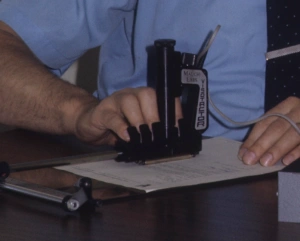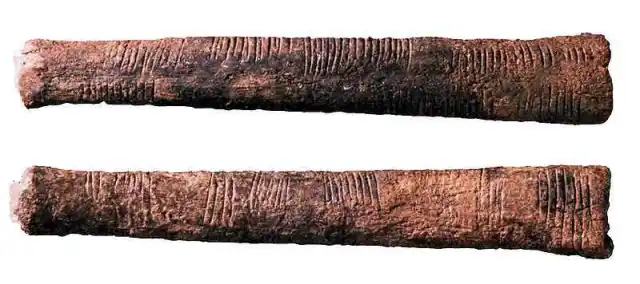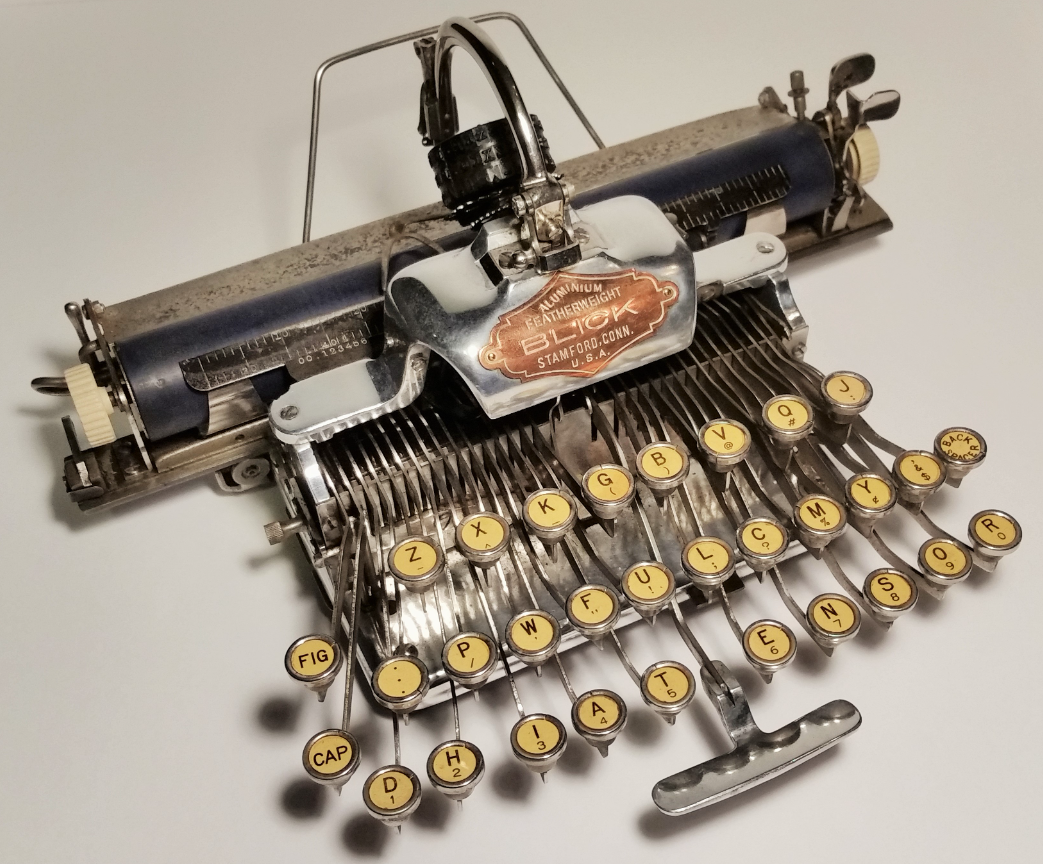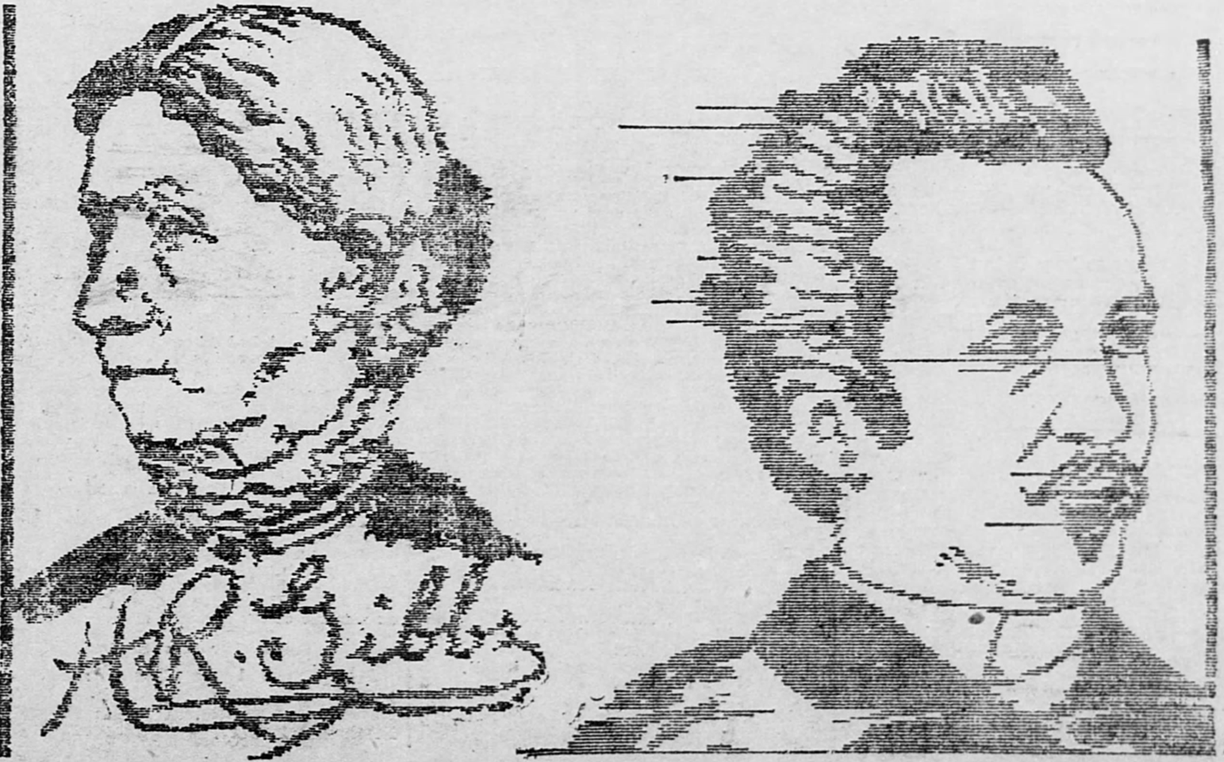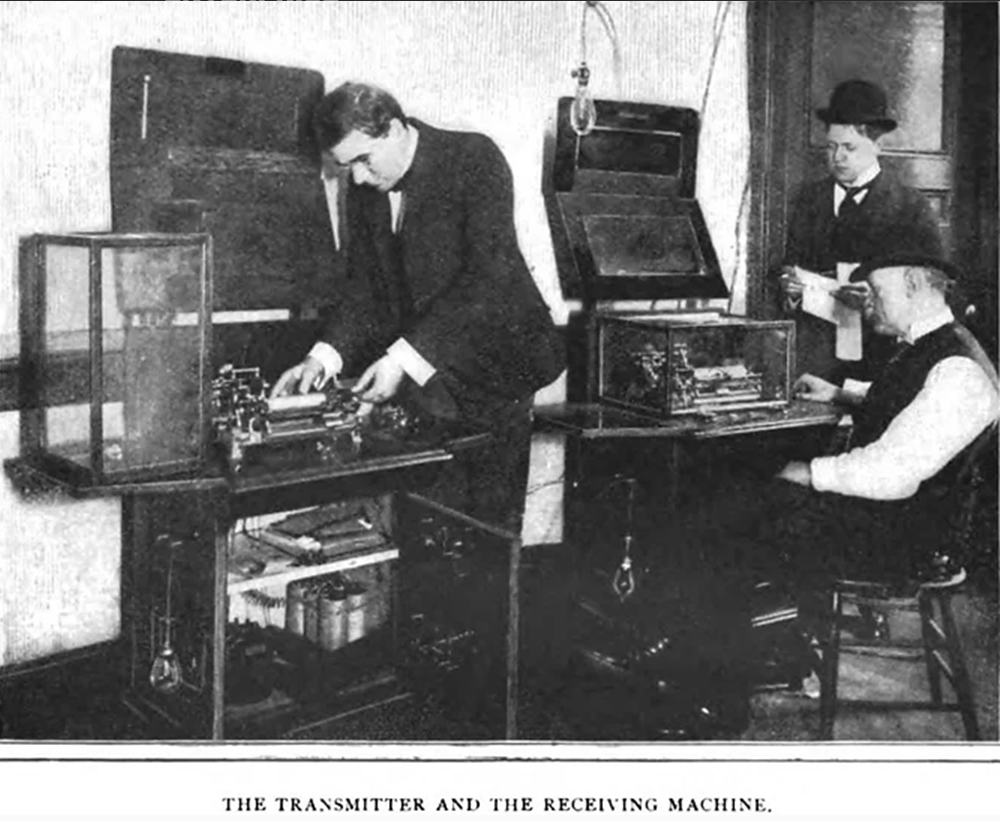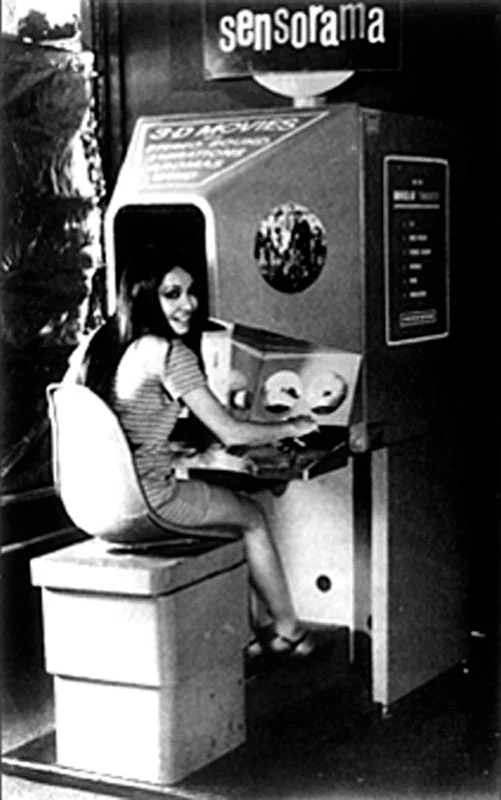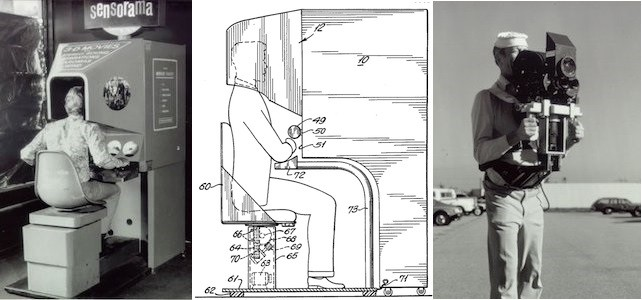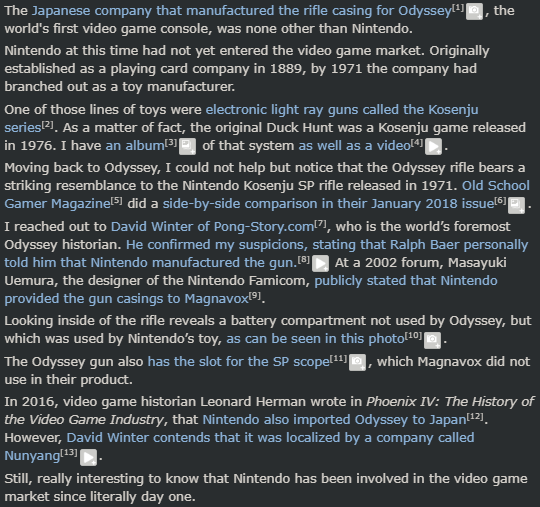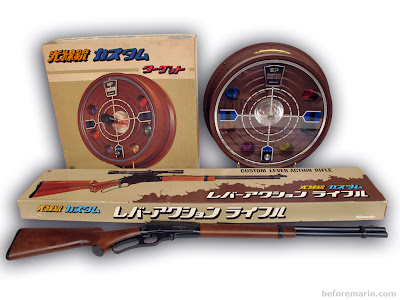created 2025-05-10, & modified, =this.modified
tags:y2025communicationnexusaggregator
Note
Different expanded notes on dead media from deadmedia.
Tally Sticks
Ancient memory aids uses to record and document quantities.
Often bone or wood.
A comparable example of this primitive counting device can be found in various types of prayer beads.
Lebombo
The Lebombo bone, dated between 44,200 and 43,000 years old, is a baboon’s fibula with 29 distinct notches, discovered within the Border Cave in the Lebombo Mountains of Eswatini.
It could be the oldest known mathematical artifact with 29 distinct notches.
Split Tally
rel: Chirograph

There was scarcity of coinage and illiteracy in medieval Europe so a split tally was used, to document deltas in exchanges and debts.
Squared hazelwood would be notched and then split, with each party retaining a half. Over the years this method became impervious to tampering.
One method involved making the sticks two different lengths. The longer was called the stock, and was given to the stock holder, which had advanced money (or other items) to the receiver. The shorter was the foil.
Irregularities would mean only the two halves could match the same transaction. If one party changed the amount of notches, it would be detected by inspector of the other’s.
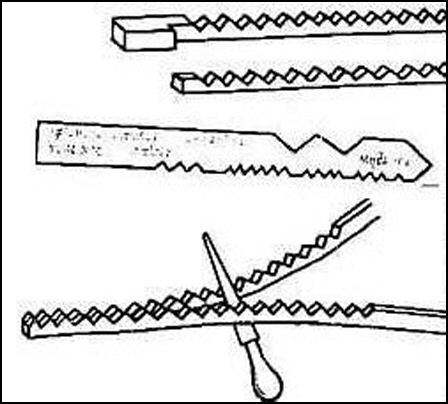
Book Typewriter
Elliott & Hatch Book Typewriter Co. built to print upon the pages of large open books, targeted to commerical firms to type into large books like ledgers, manifests or account books without the issues involved with handwriting.
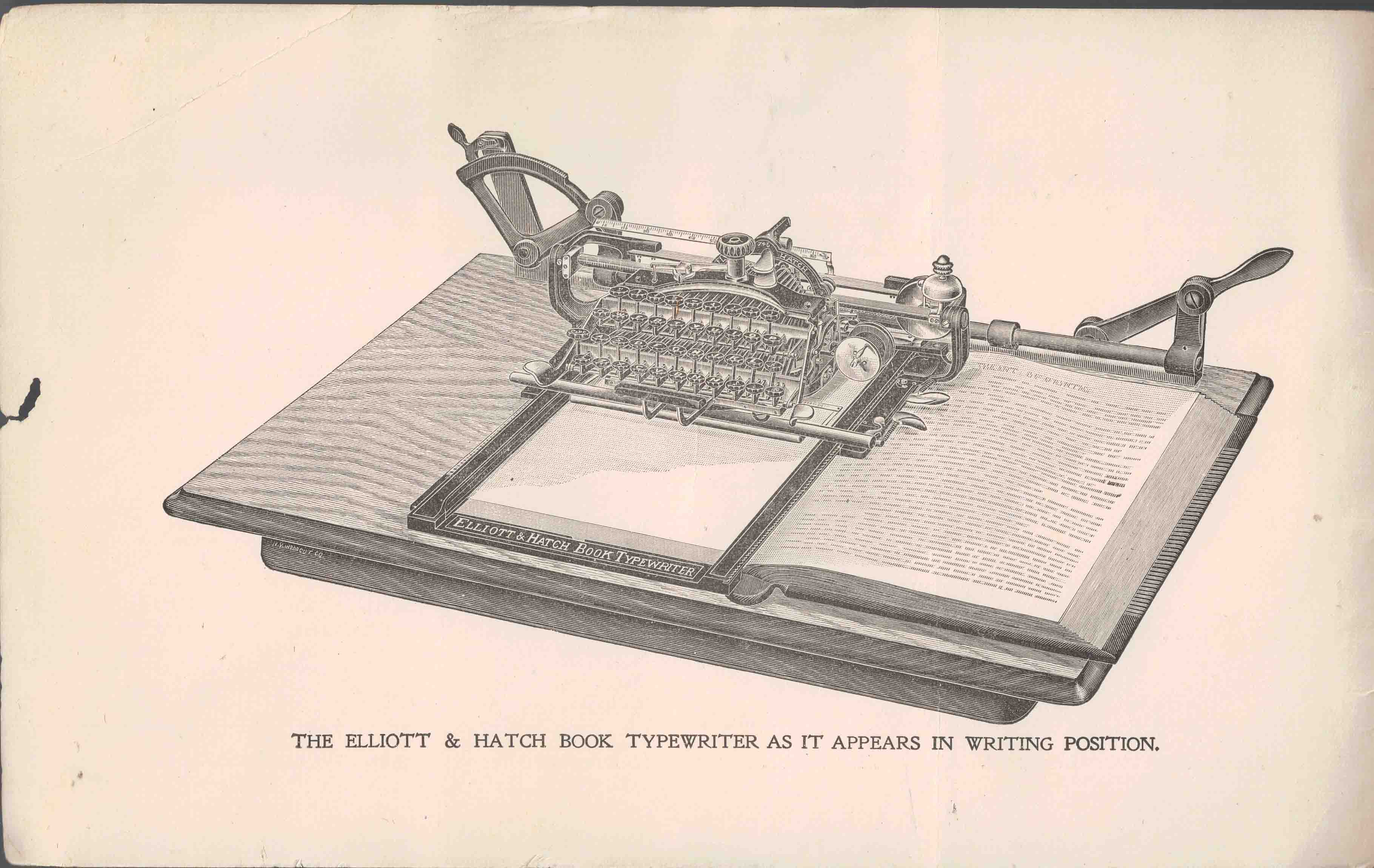
Blickensderfer Typewriter
The first truly portable, full keyboard typewriters. They were designed to allow the typist to see their work as they wrote, whereas contemporary keyboards were understrike machines that concealed typing.
One unique feature of the Blickensderfer typewriter was the scientific or DHIATENSOR keyboard.
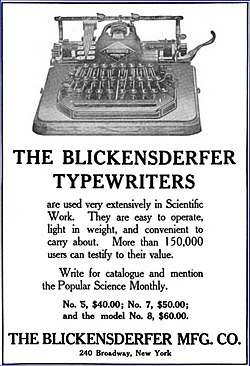
Blickensderfer analyzed the English language and proposed a unique and more efficient keyboard based on his research. He determined that the ten most frequently used letters were A, D, E, H, I, N, O, R, S, and T, and were used in about 70% of written text and in about 85% of all words. The middle row contained letters that occurred 24% of the time and the top row about 6%.
Experiential Typewriter
From Timothy Leary.
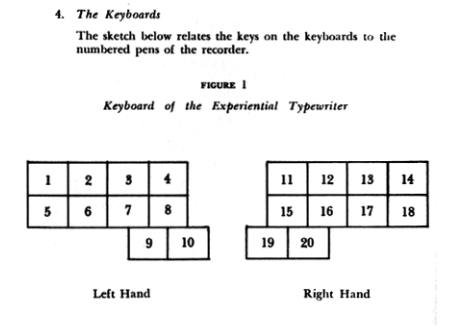
It was a twenty key manual keyboard linked to a moving pen-recorder. Subjects are pretrained a code of experiential categories. The recording paper then gives a moment-to-moment record of the flow of experience.
The day of the psychologist imposing his game, his roles, rules, rituals and above all his language on the subject is about over.
The device needed to be able to allow typing in the dark, or while subjects are lying down.
The purpose of the ET was to deal with the ‘words cannot express’ aspects of accelerated-brain experience. The subject could indicate any of various levels of consciousness that they were unable to describe at the moment by pressing the appropriate buttons on the typewriter. The signal was recorded on a revolving drum, much the way temperatures are graphed in meteorological stations. After the session, when consciousness was operating at slower speeds, the subject would have leisure to examine the recorded data and describe the sequence of events fully and precisely
Example of keys and categories

The subject is in the dark with a one candle. They first meditate, and then ingest some LSD.
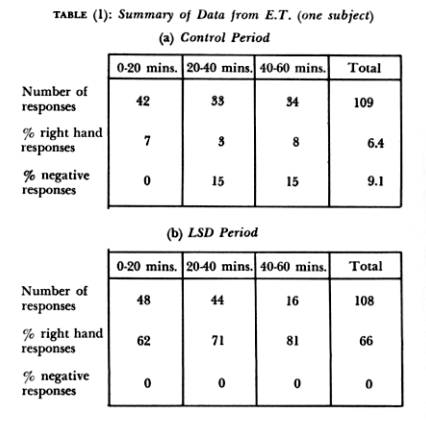
Thought
I wasn’t familiar with this name, but then I realized exactly who this is. While driving in upstate NY one late fall I stumbled on this incongruous gate. I made note of the nearby cross-streets and discovered the owner. It was Timothy Leary’s Hitchcock Estate.
Seems to be on sale for $65 million.
Telediagraph
Ernest A. Hummel's Transmission
created 2025-05-10, & modified,
=this.modifiedtags:y2025communicationtechnology
rel:Sensorama Computers As Theater by Brenda LaurelIn 1895 Ernest A. Hummel electronically transmitted scanned shellac on metal foil pictures over dedicated circuits between the NY Herald and four other newspapers.
The device was called the Telediagraph. It was similar to to a fax machine that could send hand drawn images over telegraph wire.
The looked like this
This developed in an experimental way for several decades until in 1929 Vladimir Zworykin, the pivotal television system inventor, came up with a system that could scan and transmit in under a minute, enabling wide- spread adoption within the newspaper industry—which repurposed the already robust voice telephone system to carry the new “Wirephoto” data.
Link to original
Sensorama
Sensorama
created 2025-05-09, & modified,
=this.modified
rel:Sensorama Simulator Real World As Maximum Art-Emotional Value
A device made by Morton Heilig, considered to be one of the earliest representations of a virtual reality system. It was the start of what he called “Experience Theater” and was covered in his paper “The Cinema of the Future”.
It had fans, a color display, odor emitters, stereo-sound and a motional chair.
Another unique feature of the machine is that it completely isolates the spectator from the surrounding environment. No matter how noisy the area about the machine (telephones, typewriters, crowds, traffic, etc. ) it in no way detracts from the purity of the spectator’s experience.
The Cinema of the Future Paper
Paper starts with discussion of the pandemonium in the film industry, of each studio developing a revolutionary system and the spectacle of the experience.
These systems are still stunted, and limit the actual artistic engagement.
Mankind created three forms:
- Science to bestow maximum knowledge on humanity
- Art to digest the knowledge into a deeper realm of feeling, generating emotions of beauty and love that guide actions
- Industry to act upon the material world, so as to produce more living energy for mankind
In his estimation Art is the furthest from its goal. It struggles to achieve this.
When a primitive man desired to convey to another man the complete emotional texture of an experience that occurred to him he tried to reproduce, as closely as possible, the elements that generated his own emotions. His art was very simple, being limited to the means provided by his own body
The laws of artistic methodology must be:
“The nature of man’s art is fundamentally rooted in his peculiar psychic apparatus and is limited by the material means at his disposal.”
“Consciousness is a composite of all the sense impressions conveyed to the brain by the sensory part of the nervous system which can be divided into the great receiving organs-the eyes, ears, nose, mouth, and skin.”
Open your eyes, listen, smell, and feel-sense the world in all in magnificent colors, depth, sounds, odors, and texture – this is the cinema of the future!
Thought
The he envisions takes up 100% of the visual field, compared to small amount provided from cinema screens.
This is something very curious. The dark of a cinema, and how we can or cannot shut out the other humans to immerse ourselves. To what degree is the cinema public? How drastically can the shadowy presence of others throw you off?
I’ve never had a tremendously large television to watch my films on (besides moments where I projected as part of a party). It tends to be just me watching. I almost cannot see this changing easily, because my habits of watching are so focused. I know I deprive myself here since my screen is so small (I favor small laptops) but also relatively I’m able to get a full screen experience because I am so focused on the smaller screen, close to my face, often in the dark.
I’ve been in home theaters where the screen is massive, but there’s so much visual noise surrounding it, and you are so pushed back, that it might as well be an ipad held at arm length.
Yes, the cinema of the future will far surpass the “Feelies” of Aldous Huxley’s Brave New World
Complaints of Realism in Film
People already complain about the excess of realism in films and say the new inventions shall plunge us from bad to worse. Although the spirit of their complaint is valid, their use of the word “realism” is not. “Realism,” or, in aesthetic terms, “experience,” is that something which is created by the unity of the outer world with the inner. No matter how extensive the artist’s means, he must use them to provoke more of the spectator’s participation, not less. For without the active participation of the spectator there will be no transfer of consciousness, no art. Thus art is never “too” realistic]. When either too much or too little is given, there just isn’t any “realism.” Poor use of cinema’s remarkable new powers is no more of a case against them than daubing with oils is a case against painting.
He says that each sense monopolizes man’s attention in the following proportions.
Sight: 70% Hearing: 20% Smell: 5% Touch: 4% Taste: 1%Thought
I can’t make sense of these values.
Another proposed Law:
“The brain of man shifts rapidly from element to element within each sense and from sense to sense in the approximate proportion of sight, 70%; hearing, 20%; smell, 5%; touch, 4%; and taste, 1%, selecting one impression at a time according to the needs of individual and racial development.”
If you give a viewer 5% of the screen (in a typical cinema), he must solve the problem of visual attention another way or lose his main aesthetic power.
Another proposed Law:
Link to original“In his creative process, man is imposed on by outer impressions. He learns the secrets of their basic principles through imitation and then subjects these to the needs ofhis own expression. He goes from reception to imitation to creation, i.e., from portraying the outer to portraying the inner world.”
Optophone/Optacon/A-2
The optophone is a device that was meant to be used by people who are blind. The device scans text and generates time-varying chords of tones to identify the letters. It is one of the earliest known applications of sonification, or using non-speech audio to convey information or perceptualize data.
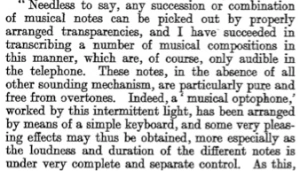
E.E. Fournier d’Albe, The Moon Element
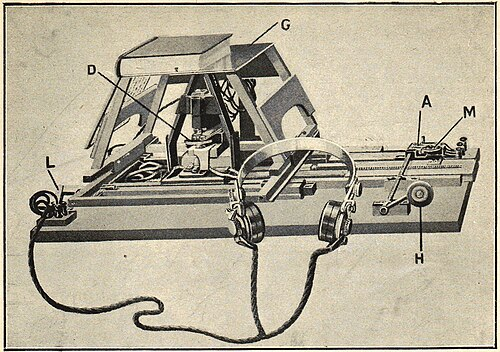
Selenium photosensors detected black print and converted it into an audible output that could be read by a blind person.
He settled on 5 notes: Low G, C D E G and the machine became known as a “musical print” machine.

This optophone was meant to convert sound into light as well as the reverse. It was part of a broader contemporary impulse to produce color music and synaesthetic art. Hausmann also wrote optophonetic poetry, based on the sounds and rhythms of “pure phonemes” and non-linguistic noises.
At RCA television innovator Vladimir Zworykin became involved with a similar project after seeing a demonstration with the Optophone. He worked on the A-2 which operated by scanning the page with an electric stylus publicized as “the first pen that reads.”
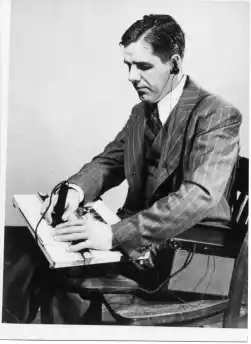
It was repurposed as a light gun, which found its way into handheld controls for the first home video game system produced by Sanders associates.
This might be Shooting Gallery for the Magnavox Odyssey (the first commercial household console.)

Thought
Digging further I also find this:
and this
At the start of the 70s, light-sensitive electronics (photoconductive cell or LDR - light-dependent resistor) were still fairly new. Manufacturers of these components were looking for new ways to apply them, thus extending their customer base. Sharp was one of the companies that produced them, and one of their sales staff, Masayuki Uemura, visited Nintendo and met with Gunpei Yokoi.
Also of note, the Visotactor “direct translator with vibro-tactile output for four fingers.”
